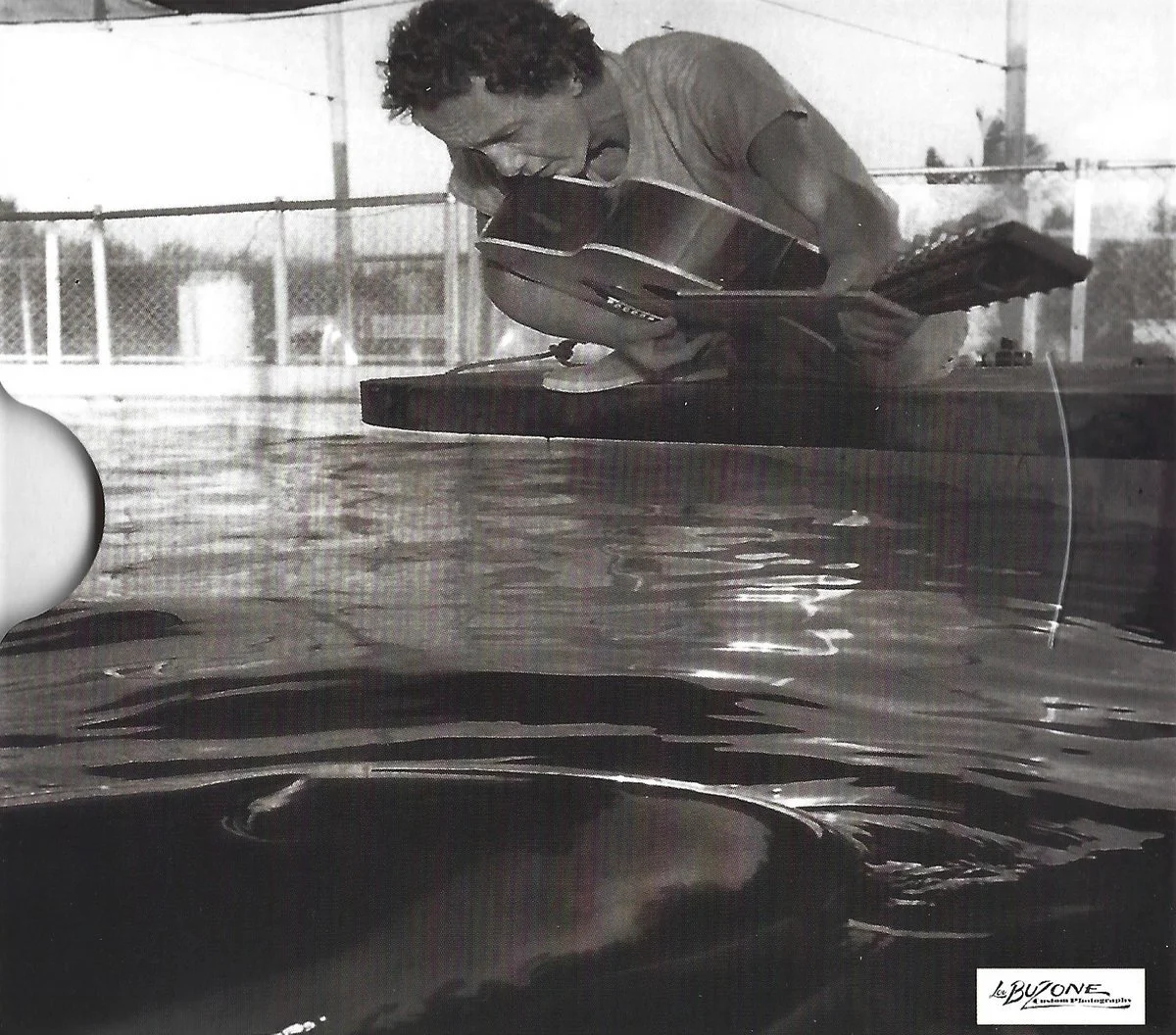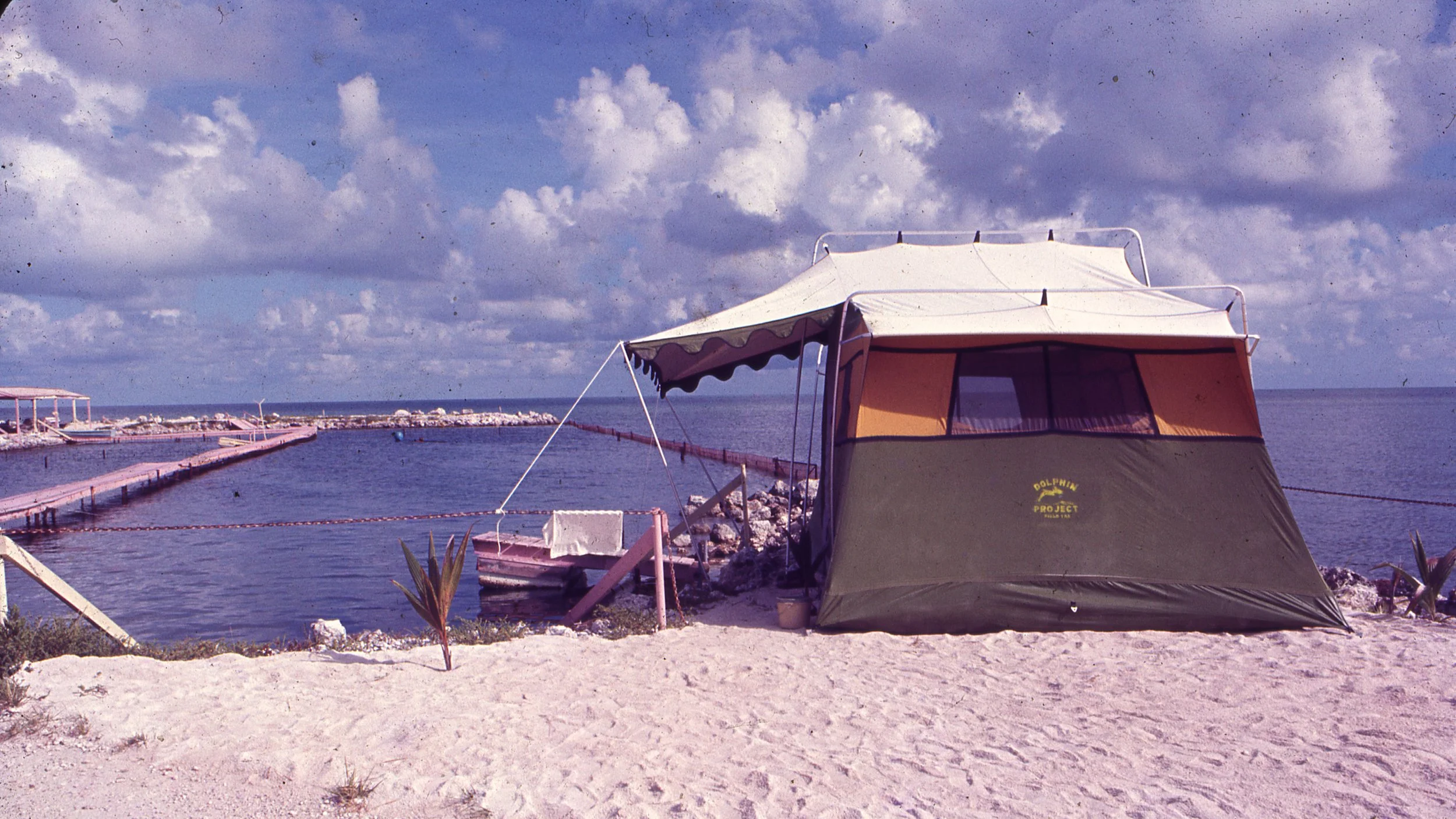Would You Like to Know a Secret? - A Retrospect on Fred Neil
Born Frederick Ralph Morlock Jr, Fred Neil is perhaps one of the most sincerely mysterious and melodically misunderstood figures from the legendary Greenwich Village folk scene in the early 1960s. Most people think of Dylan’s almighty arrival at the beginning of the decade, and rightfully so. Still, Neil was already there, igniting the infamous spark of sonic sophistication that would soon manifest into a feverish flame during one of the most fabulous times in American music history. With ritualistic residue leftover from the Beat Generation’s initial impact from the previous decade, it was here that late legends like Karen Dalton, Felix Pappalardi of the famed Mountain, Bruce Langhorne, Mark Spoelstra, and Chet "Dino Valente" Powers, who wrote one of the most influential anthems of the 1960s “Get Together,” to name a few, began their journey into harmonic history, while simultaneously sharing the same poetic practices in establishing an esoteric palace in community, song, and juxtaposition of justice as the generations before them had done so well. Everyone from Buddy Holly to Harry Nilsson, Jefferson Airplane, John Sebastian, who accompanied Neil in the early days before helping establish the Lovin’ Spoonful, Roy Orbison, Richie Havens, and several others, all recorded something from the late trailblazer’s complicated catalog, before anyone knew who he was. Most famously, “Everybody’s Talkin” from his 1966 sophomore album, after Paul Simon decided not to accompany the British New Wave pioneer John Schlesinger’s cinematic adaptation of James Leo Herlihy's “Midnight Cowboy” in 1969. His demanding debut, “Bleecker & MacDougal,” a year prior in 1965, shifted something spiritual within the sanctuary of songwriting that would effortlessly establish Neil as the lyrical legend with the vulnerable vibe the world would come to know him as.
A harmonious homage to all things New York, and the thriving tonality of the city’s cosmic connection to some of the greatest minds in culture, Neil poetically punctured the threshold, which in turn, allowed the folk scene to mesh with the up-and-coming rock scene of the mid to late 1960s in a way that, to this day, still goes unrecognized as the creative culture began expanding into this pulsating populus for greatness. From six strings to twelve, Neil’s style is a sobering seance where ancient flames from choked candles flicker with each studied strum, causing a sinister strobe of intensity to unfold as his set unravels into the universe, and the great beyond. Featuring numbers like “The Dolphins,” “That’s The Bag I’m In,” “Cynicrustpetefredjohn Raga," the subliminal “Little Bit of Rain,” and “Everybody’s Talkin,” Neil’s short, but meditative bag of melodies is plenty to fill the hearts, and minds of past, present, and future listeners. But for his die-hard fans, it’s simply not enough. Transitioning from the Big Apple to the salty shores of southern Florida in later years, where the late musician first made contact with man’s best aquatic friend, the dolphin, Neil dedicated a lot of his time to the surfy species, by softly serenading the Dionysian disambiguations with his 12-string, while simultaneously gazing into their timid tanks, locking eyes, and falling deep in trance to their sophisticated stare beneath the clear blue water.
An iconic interest that goes back to the mid-1960s, when he first began visiting one of America’s oldest oceanariums, the 38-acre Miami Seaquarium on the island of Virginia Key in Biscayne Bay, Miami-Dade County, Florida, the musician would later go on to help found the DRP (Dolphin Research Project) in 1970, on Earth Day, with animal rights activist, Rick O’Barry, who was arrested in Bimini after attempting to release a dolphin named ‘Charlie Brown,’ furthering solidify the songwriters obsession with the ancient, musical mammal. It seems Neil’s soul was too fragile, and honestly, too carefree to settle into a caustic career that consisted of grueling tours, atmospheric anxiety, and the purgatory of press. Instead, he took to the natural world like Gary Snyder, while riding the whispering waves of melodic mortality, seeking a truth in totality that the music business couldn’t if they tried. His spirit was pure in aquatic attitude, and with a past life that occupied a familial place alongside some of the great contemporaries and historical figures of their era, Neil walked away, only briefly appearing like a dolphin in the sea. His presence was ever so polite while standing in the southern shade of a prehistoric palm somewhere deep in the memory of Miami. Just maybe he’s still there, softly serenading the sounds of the ocean with his biblical baritone voice, as its range hums out over the crest waves, and back into the silence of the deep blue galaxy.






